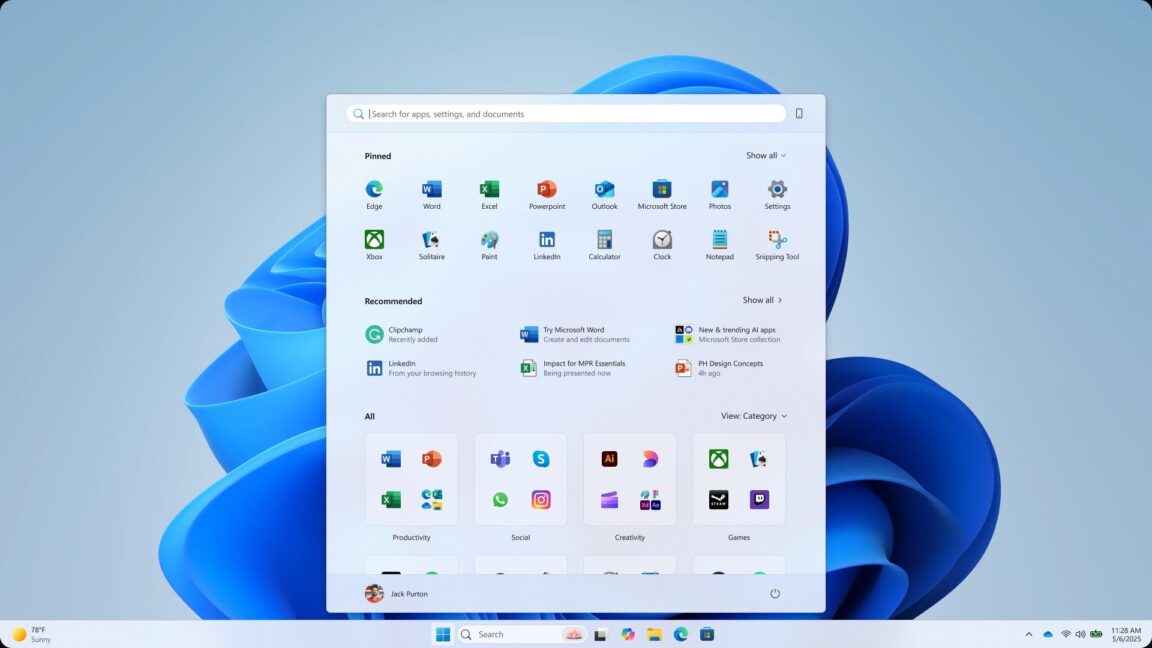506-Million-Year-Old ‘Mothra’ Fossil Shows the Weirdness of Early Life
A newly described creature from the Cambrian period is putting a bizarre twist on what we thought we knew about early animal evolution.
Meet Mosura fentoni—a three-eyed, clawed, and flappy-limbed predator about the size of your finger, recently identified from Canada’s famed Burgess Shale.
The alien-looking animal is part of a group called radiodonts, a now-extinct lineage of arthropods best known for Anomalocaris, a three-foot-long (one-meter-long) sea terror with spiny limbs and a circular mouth full of teeth.
Like its cousins, Mosura had a similar feeding disk and paddle-like limbs for swimming.
But it also had a strange surprise out back: a tail-like segment of 16 tightly packed body sections, each lined with gills.
The Royal Society Open Science published the team’s description of the creature today.
“As much as we learn about radiodonts, there always seems to be something new and surprising about this group around the corner,” said study lead author Joe Moysiuk, curator at the Manitoba Museum, in an email to Gizmodo.
“The ‘abdomen’ in Mosura is different in that its segments are small and they have only tiny flaps that would have been basically useless for propulsion.” The researchers aren’t totally sure why Mosura needed this extra breathing real estate, but it could be related to how or where it lived—maybe hanging out in low-oxygen environments in the lively Cambrian seas, or leading an especially active lifestyle.
A life reconstruction of the radiodont.
Illustration: Art by Danielle Dufault, © ROM Its unique shape, with broad swimming flaps and a slender abdomen, earned it the nickname “sea-moth” from the researchers—hence the name Mosura, a nod to the Japanese kaiju Mothra.
But despite its nickname, Mosura is only distantly related to moths.
Mosura is part of a much more ancient lineage of arthropods—and though the radiodonts are long-gone, their remarkable preservation in the Burgess Shale is routinely yielding new species to science.
Beyond its sci-fi looks, Mosura is also offering rare glimpses of internal anatomy from half a billion years ago.
Some of the 61 fossils of the creature studied show preserved nerve tissue, eye structures, a digestive tract, and even reflective patches representing an open circulatory system—essentially a heart pumping blood into internal cavities called lacunae.
Those same features, previously mysterious in other fossils, are evident in the team’s Mosura specimens.
The fossils, mostly collected by the Royal Ontario Museum over the last 50 years, came from Yoho and Kootenay National Parks—part of the Burgess Shale region.
The region was part of the ancient seafloor and is known for its exceptional preservation of the soft-bodied organisms that called the seafloor home.
Moysiuk has recently unearthed a couple of other creatures from the Cambrian Explosion, including Titanokorys gainesi in 2021 and Cambroraster falcatus, named for the Millennium Falcon, in 2019.
“So many science fiction creatures have been inspired by living organisms,” Moysiuk said.
“It seems only natural that scientists should take some inspiration in return.” “There are loads of other possible inspirations for species names, but I do think there’s a lot of potential with the ‘Tremors’ franchise,” Moysiuk added.
“The giant worms in that series are supposed to be relicts of the Precambrian, and although that makes no sense scientifically, it could make for a fun reference.”
You heard it here first: As long as the creatures getting discovered keep looking as alien as Moysiuk’s recent finds, no science fiction franchise is safe from becoming scientific nomenclature.
Source: https://gizmodo.com/506-million-year-old-mothra-fossil-shows-the-weirdness-of-early-life-2000601274" style="color: #0066cc;">https://gizmodo.com/506-million-year-old-mothra-fossil-shows-the-weirdness-of-early-life-2000601274
#506millionyearold #mothra #fossil #shows #the #weirdness #early #life
506-Million-Year-Old ‘Mothra’ Fossil Shows the Weirdness of Early Life
A newly described creature from the Cambrian period is putting a bizarre twist on what we thought we knew about early animal evolution.
Meet Mosura fentoni—a three-eyed, clawed, and flappy-limbed predator about the size of your finger, recently identified from Canada’s famed Burgess Shale.
The alien-looking animal is part of a group called radiodonts, a now-extinct lineage of arthropods best known for Anomalocaris, a three-foot-long (one-meter-long) sea terror with spiny limbs and a circular mouth full of teeth.
Like its cousins, Mosura had a similar feeding disk and paddle-like limbs for swimming.
But it also had a strange surprise out back: a tail-like segment of 16 tightly packed body sections, each lined with gills.
The Royal Society Open Science published the team’s description of the creature today.
“As much as we learn about radiodonts, there always seems to be something new and surprising about this group around the corner,” said study lead author Joe Moysiuk, curator at the Manitoba Museum, in an email to Gizmodo.
“The ‘abdomen’ in Mosura is different in that its segments are small and they have only tiny flaps that would have been basically useless for propulsion.” The researchers aren’t totally sure why Mosura needed this extra breathing real estate, but it could be related to how or where it lived—maybe hanging out in low-oxygen environments in the lively Cambrian seas, or leading an especially active lifestyle.
A life reconstruction of the radiodont.
Illustration: Art by Danielle Dufault, © ROM Its unique shape, with broad swimming flaps and a slender abdomen, earned it the nickname “sea-moth” from the researchers—hence the name Mosura, a nod to the Japanese kaiju Mothra.
But despite its nickname, Mosura is only distantly related to moths.
Mosura is part of a much more ancient lineage of arthropods—and though the radiodonts are long-gone, their remarkable preservation in the Burgess Shale is routinely yielding new species to science.
Beyond its sci-fi looks, Mosura is also offering rare glimpses of internal anatomy from half a billion years ago.
Some of the 61 fossils of the creature studied show preserved nerve tissue, eye structures, a digestive tract, and even reflective patches representing an open circulatory system—essentially a heart pumping blood into internal cavities called lacunae.
Those same features, previously mysterious in other fossils, are evident in the team’s Mosura specimens.
The fossils, mostly collected by the Royal Ontario Museum over the last 50 years, came from Yoho and Kootenay National Parks—part of the Burgess Shale region.
The region was part of the ancient seafloor and is known for its exceptional preservation of the soft-bodied organisms that called the seafloor home.
Moysiuk has recently unearthed a couple of other creatures from the Cambrian Explosion, including Titanokorys gainesi in 2021 and Cambroraster falcatus, named for the Millennium Falcon, in 2019.
“So many science fiction creatures have been inspired by living organisms,” Moysiuk said.
“It seems only natural that scientists should take some inspiration in return.” “There are loads of other possible inspirations for species names, but I do think there’s a lot of potential with the ‘Tremors’ franchise,” Moysiuk added.
“The giant worms in that series are supposed to be relicts of the Precambrian, and although that makes no sense scientifically, it could make for a fun reference.”
You heard it here first: As long as the creatures getting discovered keep looking as alien as Moysiuk’s recent finds, no science fiction franchise is safe from becoming scientific nomenclature.
Source: https://gizmodo.com/506-million-year-old-mothra-fossil-shows-the-weirdness-of-early-life-2000601274
#506millionyearold #mothra #fossil #shows #the #weirdness #early #life
·83 Views









.jpeg?width=1920&height=1920&fit=bounds&quality=70&format=jpg&auto=webp)